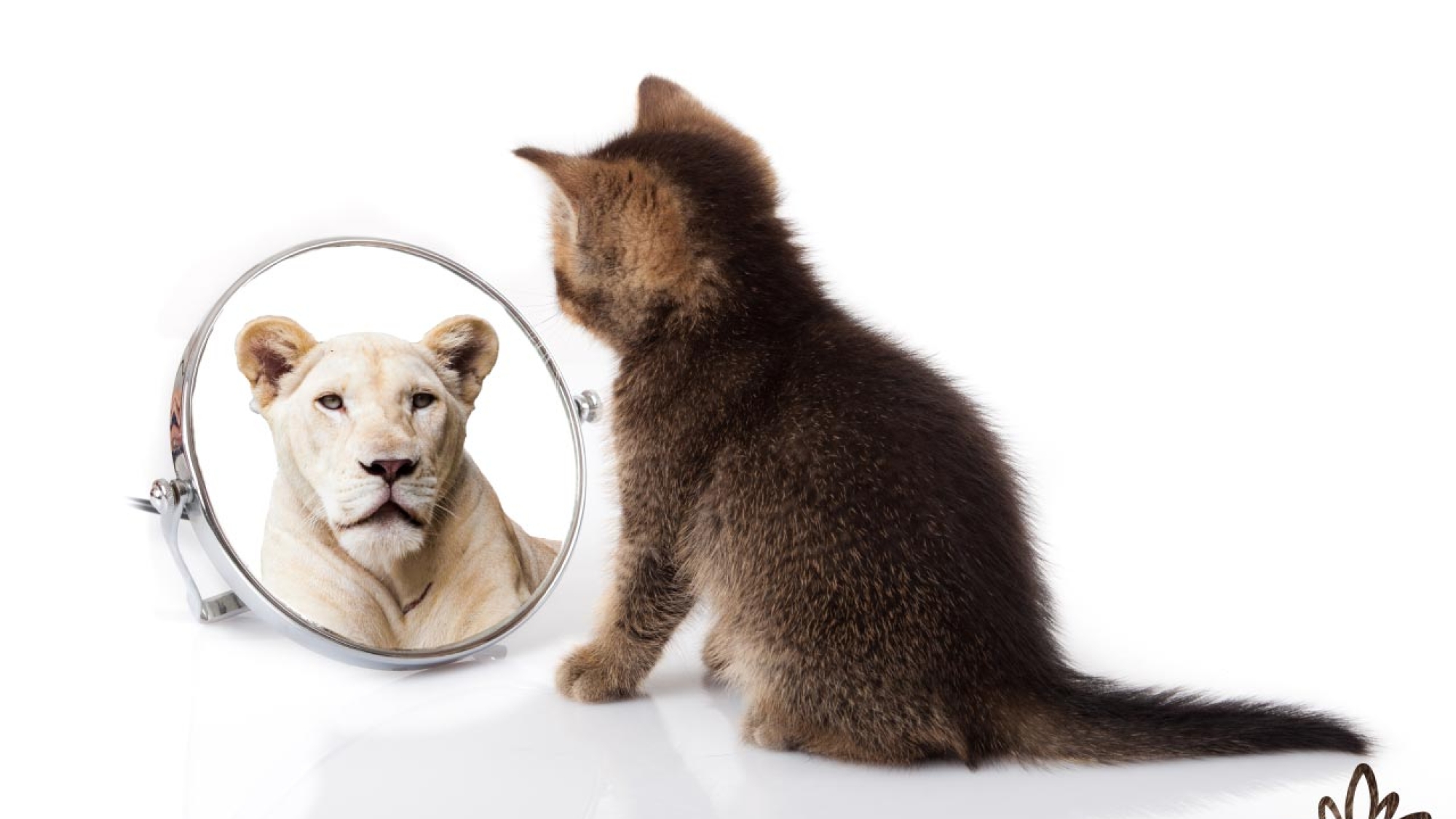The Royal Meow
A German Shepherd, a Doberman, and a cat have died. All three are face to face with God, who wants to know what they believe in.
The German shepherd says: “I believe in discipline, training, and loyalty to my master.”
“Good,” says God, “then sit down on my right side. Doberman, what do you believe in?”
The Doberman answers: “I believe in the love, care, and protection of my master.”
“Aha, “ said God, “you may sit to my left.” Then he looks at the cat and asks: “And what do you believe in?”
The cat answers: “I believe you’re sitting in my seat.”
And that is so accurate! It’s like the saying, “Dogs have masters; cats have slaves.” I know, I’ve been a slave to various felines in my life. If you have ever had the privilege of caring for a cat, you know what I mean.
Cats don’t listen to commands. Just try telling a cat to sit, or come, or speak. Instead of instant obedience, you’ll probably get a disdainful look, as befits the royal majesty. Yes, cats have an ancient royal lineage.
Ancient Egypt was famously devoted to cats. The deities Mafdet, Bastet, and Sekhmet all had the heads of cats. Bastet’s job was the protection of her country as well as of home and hearth; she also protected women’s secrets, guarded against evil spirits, and was, naturally, the goddess of cats. Sekhmet was a lion-headed goddess who had to be appeased or else she would wreak havoc (like those YouTube videos of a cat with a roll of toilet paper).
Since the First Dynasty of Egypt, cats—tamed African wildcats—protected the Pharaoh. Mafdet, a deity with the head of a leopard, was the protector of the Pharaoh’s chambers against not only snakes and scorpions, but also against evil. And then, of course, there’s the Sphinx, with a human head on top of the big cat body, guarding the sacred temples and pyramids. Over 200,000 cats have been found mummified in the tombs and “cat”acombs, with small bowls nearby for their milk in the afterlife.
One reason cats were protectors of the temples, besides getting rid of pesky rodents, was their ability to see beyond the physical plane. Cats, who can see in very low light, also sense what’s going on beyond the visible. I’ve seen my cat sit and stare at a spot in my home, checking out the spiritual presence in the room.
In ancient Japan, cats were charged with protecting Buddhist scriptures that were transported on ships from China, keeping mice and rats away from these sacred documents. This gave the Japanese a revered image of cats, which became the featured stars of folk tales in the 6th century. Today, cats and cat images are still aboard ships around the world.
In an ancient Chinese myth, in the beginning of the world the gods asked cats to oversee their new creation, and granted cats the ability to speak. The cats were more interested in playing and sleeping than with running the world. Eventually the cats said, why not put human beings in that position? So the power of speech was given to humans instead of cats, while cats were entrusted with keeping time. There is a belief in China that you can look into a cat’s eyes to tell the time of day. Today, cats have a well-developed love of routine. If your cat likes to have breakfast promptly at 7 in the morning and you oversleep, kitty will let you know in no uncertain terms that it’s time to wake up and feed me!
In 4th century India, the epic poem the Mahabharata had a cat named Lomasa that teamed up with a mouse to escape death, all the while discussing the philosophy of the balance of power in relationships. Despite their size compared to ours, it’s no question of who holds the power in the cat-human relationship!
Back in ancient Persia, Muhammad outlawed harming or killing cats. Muhammad clearly loved his own pretty kitty, Muezza, so when the call to prayer came, he cut the sleeve off his prayer robe, where the cat was napping, rather than wake her up. Another cat, which belonged to an ally of Muhammad’s, saved Muhammad from a snake attack. While petting the cat afterwards, he granted felines the ability to always land on their feet.
Although cats had high standing at first in ancient Europe, when the Christian Church tried to demonize all the important pagan symbols, they associated cats with evil. Pope Gregory IX denounced cats, especially black cats, as being in league with Satan, and they were regularly killed throughout Europe. This let the mice and rat populations explode, and the fleas from these rodents brought about the Bubonic Plague. It took until the reign of Queen Victoria in Great Britain, who adopted two Blue Persians and treated them like members of her court, that Europeans again started keeping cats.
As strange as it may seem, domestic cats didn’t arrive in the U.S. until 1749 CE, when they were brought on board ships from England to help control the rodent population. By 1895, cats had become so popular that the first cat show filled Madison Square Garden in New York.
Well, time to go feed my cat. She’s old and slow these days, but still communicates her desires with that inborn authority to command. And yes, she can sit and nap wherever her royal majesty desires.
If you want to learn more about cats, other pets, and wild animals check out my Communicating with Pets and Animals course.

